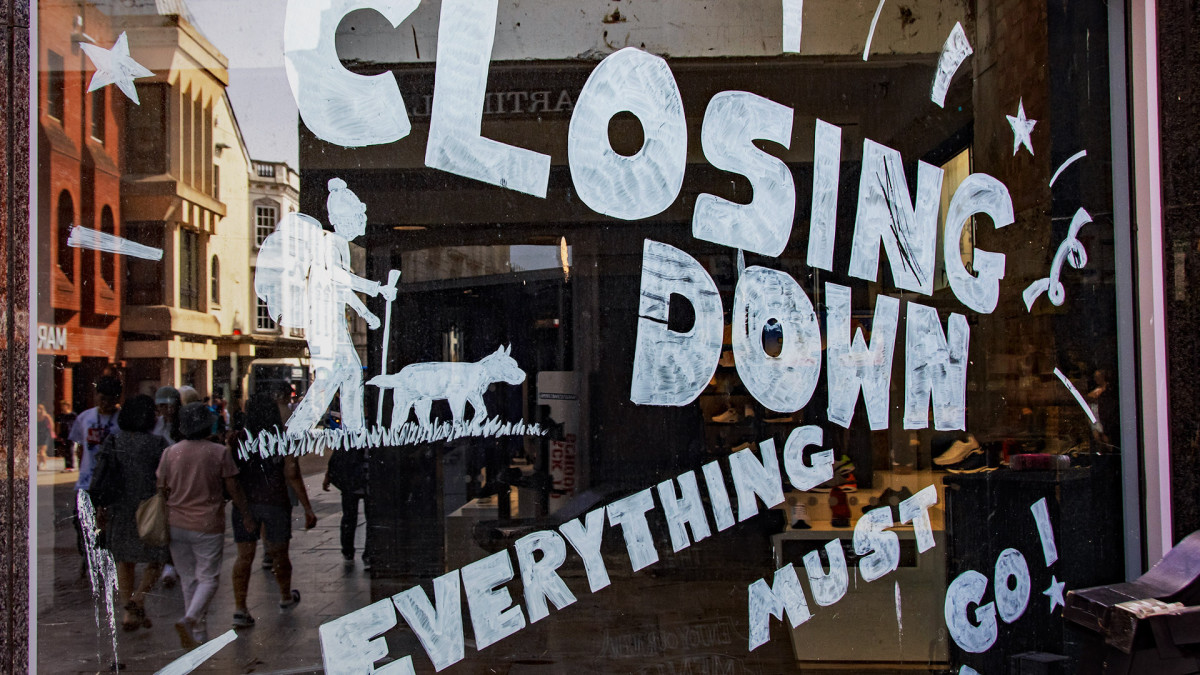In the evolving landscape of American retail, a disturbing trend has emerged post-pandemic, spotlighting both the resilience and the vulnerability of the sector. A Philadelphia-based retail chain has recently made headlines by filing notices to close additional locations amid its ongoing bankruptcy proceedings.
This move underscores a broader narrative of closure and struggle that is permeating the industry, with major chains shuttering stores for a variety of pressing reasons.

A Nationwide Challenge
The past few years have seen an unsettling increase in retail closures across the United States. Notably, Rite Aid, a well-known drugstore chain, filed for Chapter 11 bankruptcy on October 15, 2023, to reorganize its business.
This filing was followed by announcements of multiple store closures, aimed at downsizing their operations to a more manageable and economically feasible size.
Most recently, on April 26, Rite Aid filed a notice in the U.S. Bankruptcy Court for the District of New Jersey to close seven additional stores located across the Midwest and East, including areas like Connecticut, New Jersey, Virginia, and Ohio.

These closures are part of a larger strategy to shut down underperforming stores and those with leases that are not economically viable.
This decision came swiftly after another filing on April 23, which sought the closure of 16 more stores across the nation. The cumulative impact of these closures has been stark, with 345 of the original 2,100 Rite Aid stores in the U.S. now shuttered.
Beyond Financial Distress: The Role of Crime
While financial difficulty is a common driver for store closures, it is not the sole factor. Since the onset of the COVID-19 pandemic, other major retail players like Walmart, Walgreens, and Target have also closed several locations.
However, their reasons often stem from concerns unrelated to bankruptcy. From 2021 to 2023, these retailers have frequently cited theft and organized crime as significant reasons for their decisions to close stores.
Read "National retail chain closes more locations in bankruptcy filing' on SmartNews: https://t.co/lplMRHFIfk
— Lynne A Shapiro (@LynneAShapiro) April 30, 2024
For instance, Walgreens closed seven of its San Francisco stores between 2021 and early 2022 due to rampant theft issues. Similarly, Target announced the closure of nine stores across four states in October 2023, pointing to theft and organized crime as the primary culprits.
Walmart’s story echoes this pattern, with 24 stores in 14 states and Washington, D.C., closed in 2023 due to theft and underperformance.

The Broader Implications for the Retail Industry
The closure of these retail outlets not only affects the companies’ bottom lines but also has a broader impact on employment, local economies, and consumer access to services, especially in underserved areas.
The loss of a local pharmacy or a general retail store can significantly alter the community dynamics, limiting access to essential products and medications.
As the retail landscape continues to evolve, the challenge for these chains will be to find sustainable operating models that address the complexities of modern retail management, including security concerns, the shifting patterns of consumer behavior, and the integration of e-commerce.
The ongoing crisis in the retail sector is a stark reminder of the changing dynamics of commerce and consumer interaction in the 21st century. As more companies may face similar fates in the coming years, the industry must adapt to survive and thrive in this new economic environment, where physical and digital retail converge.










